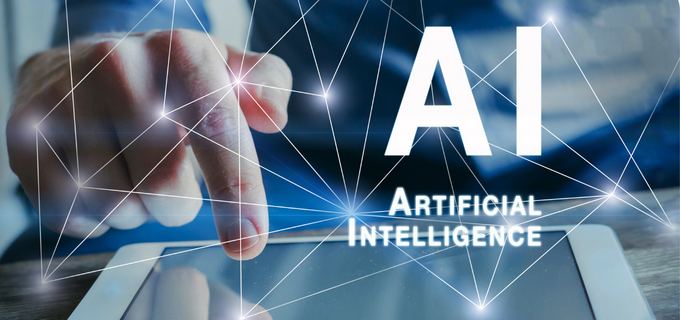Artificial intelligence (AI) can be traced back to World War II. The famous mathematician, Alan Turing, helped the Allied Forces crack the Nazi encryption machine. At the war’s end in 1945, Turing focused on computing machinery, famously positing whether “machines could think.” His writings laid the foundation for a future vision of artificial intelligence—the replication of human intelligence in machines.
Fast-forward to the present, and AI is now ubiquitous. Innovative technology has provided us with assistants like Alexa and Cortana, recommendations on YouTube or Netflix, chatbots, facial recognition, and self-driving cars, to name a few. However, AI is no longer the future; it’s the present.
Yet, there are some industries where AI may not seem to be an obvious fit—namely, those characterized by a high level of interpersonal relationships and human connections. However, even in industries requiring constant human interaction—such as the field of development—AI can still play a significant role in simplifying tasks and freeing up time for your constituents and staff.
Here are some of the best ways to use artificial intelligence in fundraising.
Data Analysis
Nonprofits collect much data on their operations, donors, and the people they serve. AI helps analyze this data to identify patterns, trends, and insights that inform strategy and decision-making.
For example, AI can analyze donor data to identify trends in giving patterns. These trends can then be used to tailor your fundraising campaigns.
Automation
AI automates time-consuming or repetitive tasks, freeing staff to focus on more impactful work. For example, you can use AI to automate sorting and categorize incoming donations, analyze social media data to identify potential donors, or address common (repetitive) questions.
- “Can you give me the bank transfer details? I can’t seem to find them.”
- “When did I make my last donation?”
- “I know I saw a date for the gala. When is it again?”
Using AI eliminates the need to respond to these commonly asked questions and allows your development staff to focus on more mission-critical activities.
Predictive Modeling
Another way that AI is beneficial for fundraising is how it can help anticipate future needs and trends. This allows your organization to be proactive in planning and resource allocation.
For example, AI in fundraising can improve workforce efficiency by analyzing donor data to identify prospects and predict upcoming donor lapses. This could potentially shape how you prioritize your time with donors.
It’s important to note that while AI can be a powerful tool for nonprofits, it’s not a replacement for human judgment and decision-making. You must also consider the ethical implications of using AI and ensure you are using it responsibly and transparently. This is because AI can unintentionally result in a bias against constituents since it is trained on large data sets compiled by humans, and natural preferences (age, gender, or race-related) can creep in.
If AI is employed correctly, efficiency and productivity invariably increase, resulting in more high-value solicitations and additional revenue.

